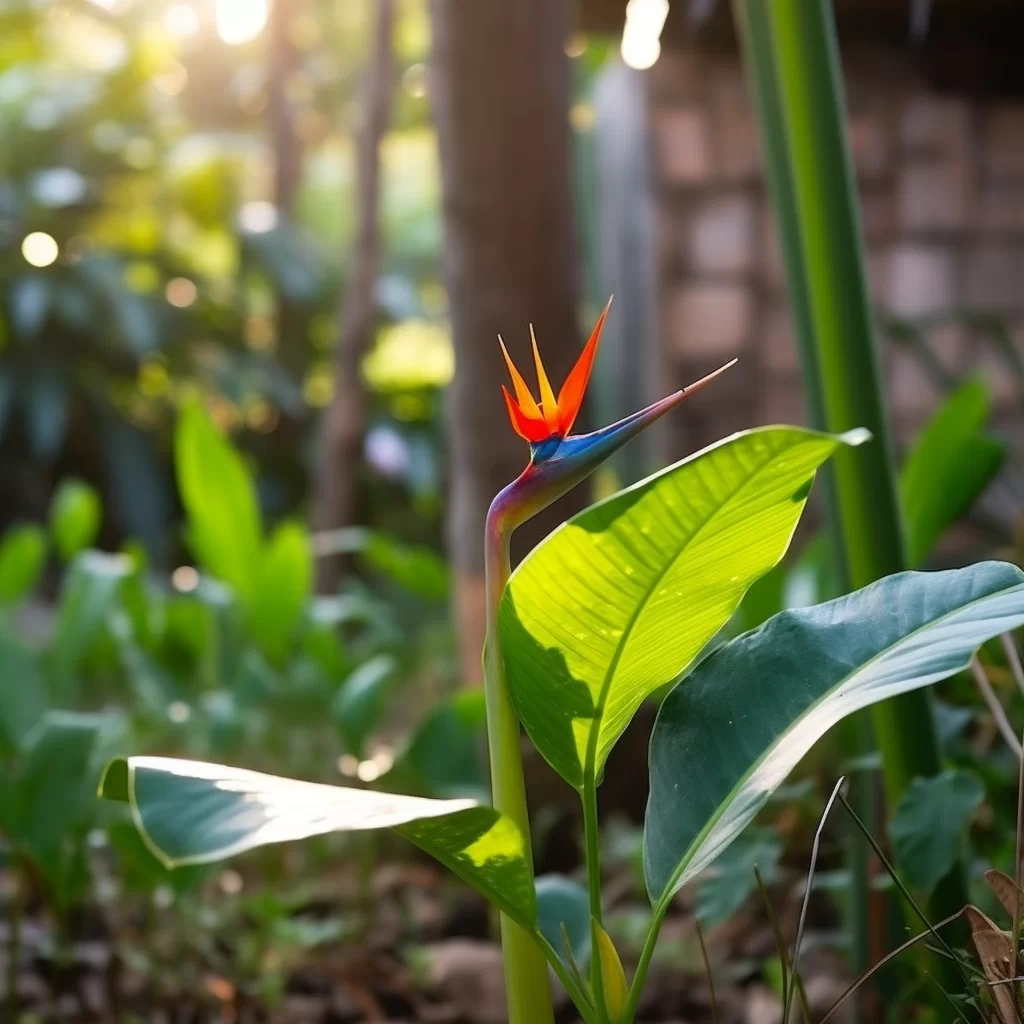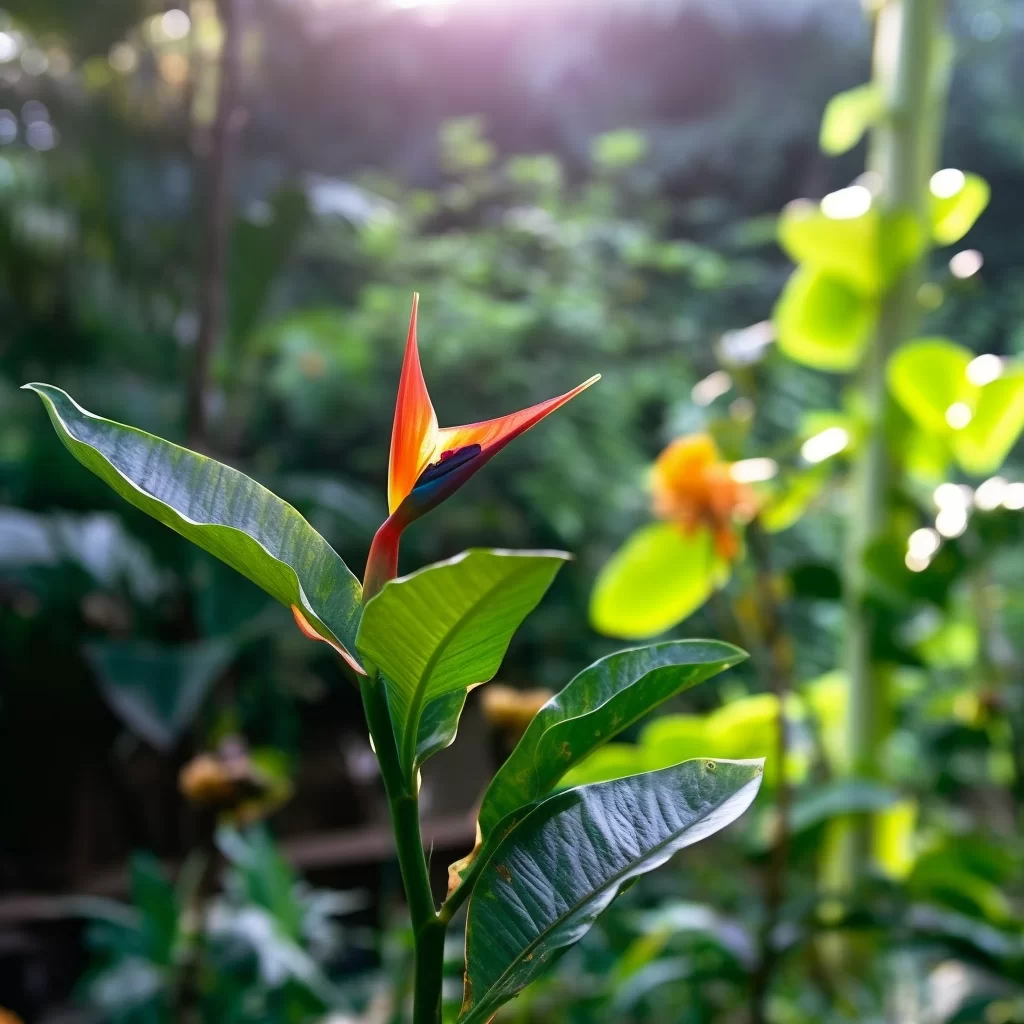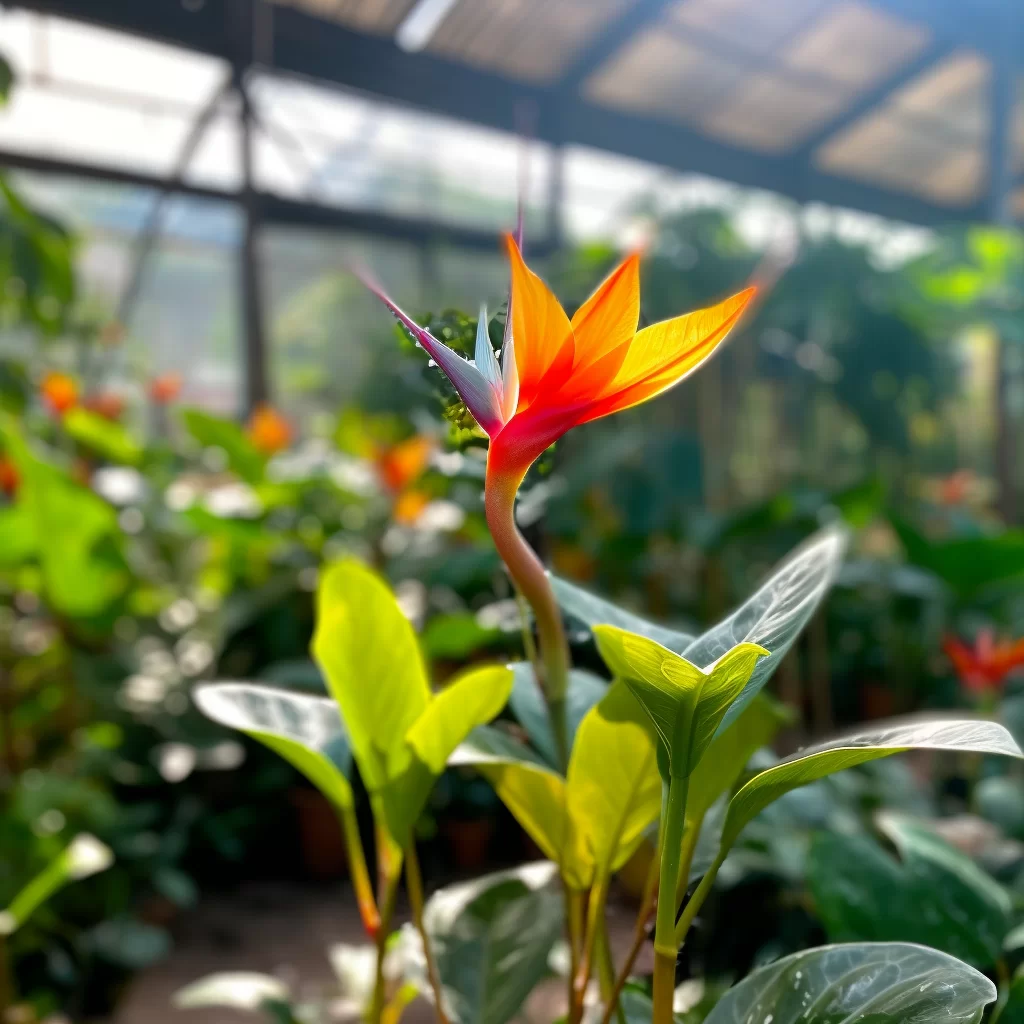Story of Day :
Contents
The Bird of Paradise Plant: A Complete Guide and Care Tips
As a garden lover, have you ever come across the bird of paradise plant? If not, this article will give you valuable insights into this gorgeous tropical plant.
The bird of paradise (Strelitzia reginae) is a popular ornamental plant native to South Africa, commonly known for its bold exotic flowers that resemble birds.
This article is aimed at providing you with all the information needed to grow and care for your bird of paradise plant.
The Origin Story
Birds of paradise are native to South Africa, where they are often found growing in rocky areas or along riverbanks.
They were first discovered by Europeans in 1773 when British botanist Sir Joseph Banks encountered them on his voyage with Captain Cook.
These plants became very popular in Europe during the Victorian era because their unique shape and color were seen as symbolic of the exotic locations from which they came.
Today, birds of paradise are grown worldwide as ornamental plants both indoors and outdoors.

Varieties
There are five species of bird-of-paradise plants:
- S.
reginae:
This species has orange-and-blue flowers that bloom from September through May. - S.
nicolai:
Also known as white-flowering banana-like tree due to its foliage resemblance with banana leaves but it doesn’t produce any fruit like bananas do. - S.
juncea:
This variety has smaller yellow-orange flowers than S.reginae with thin leaf blades that resemble grasses or reeds.
- S.mandelii & S.alba : These two varieties produce cream-white flowers instead
Growing Bird of Paradise Plant
If you live in a tropical or subtropical climate, your bird of paradise plant will grow well outdoors.
In cooler climates, it can be grown indoors and placed near a south-facing window that receives plenty of sunlight.

The plant prefers well-draining soil and needs to be watered once a week.
If you notice the leaves turning yellow or brown, it may be due to overwatering.
Birds of paradise require temperatures above 50 degrees Fahrenheit (10°C) but cannot tolerate frost.
They prefer high humidity (around 60%) and should be fertilized with a slow-release fertilizer every six months.
Pruning and Propagation
Pruning is essential to keep your bird-of-paradise plants looking healthy and vibrant throughout the year because they tend to grow fast when given enough light, moisture, nutrients, warmth.
You should prune off damaged leaves as soon as possible by cutting them at their base using sharp scissors or pruning shears.
This will encourage new growth from the healthy parts of your plant while preventing further damage from spreading across its surface area.
- To propagate birds of paradise plants:
- Cut off one section from the main stem with few leaves attached
- Dip into rooting hormone powder before planting in fresh potting soil mix.
- Water regularly until roots become established then transplant into bigger containers or garden beds if desired.
Pests And Diseases To Look Out For

Birds of paradise are usually not affected by many pests if grown indoors but outdoor-grown ones may fall prey to spider mites, mealybugs, scale insects or aphids, so watch out for any signs of infestation.
They can also be prone to root rot if overwatered or grow in poorly drained soil.
Conclusion
The bird-of-paradise plant is a beautiful addition to any garden or home.
With the right care and attention, you can enjoy its exotic blooms all year round.
Remember to keep it well-drained and protected from frost while providing adequate water and sunlight.
Prune damaged leaves regularly and propagate when necessary using rooting hormone powder before planting in fresh potting soil mix.

If you follow these tips listed above, your birds of paradise plants will thrive for years to come.